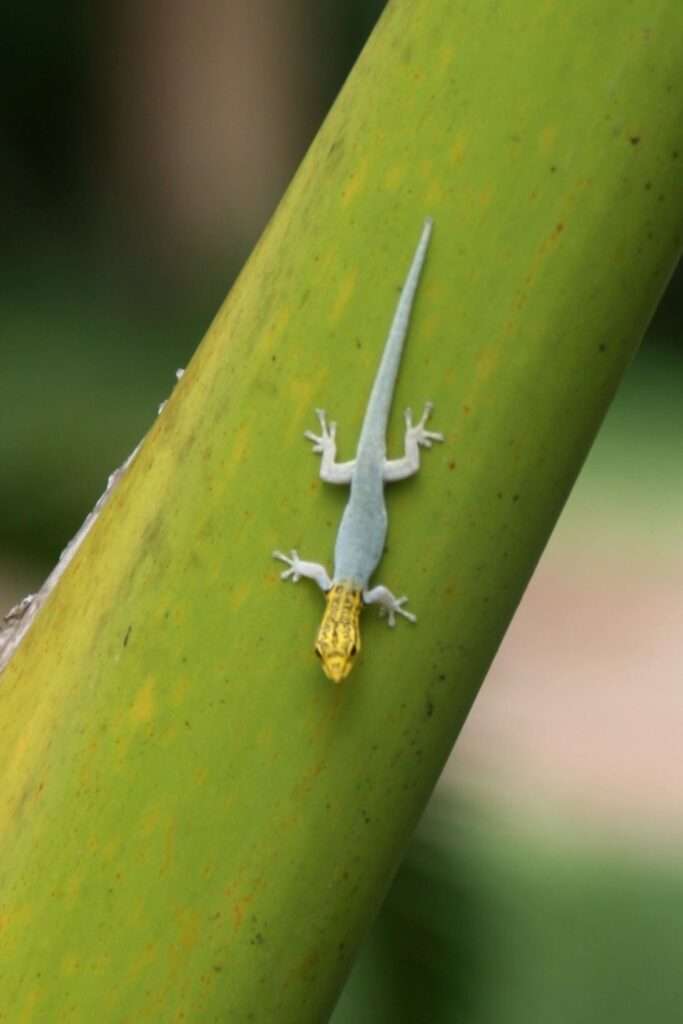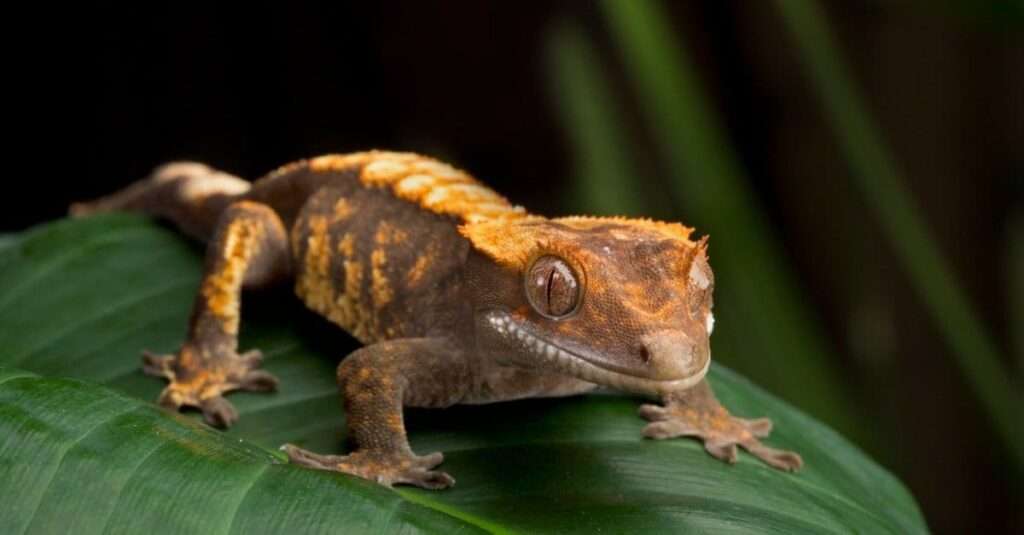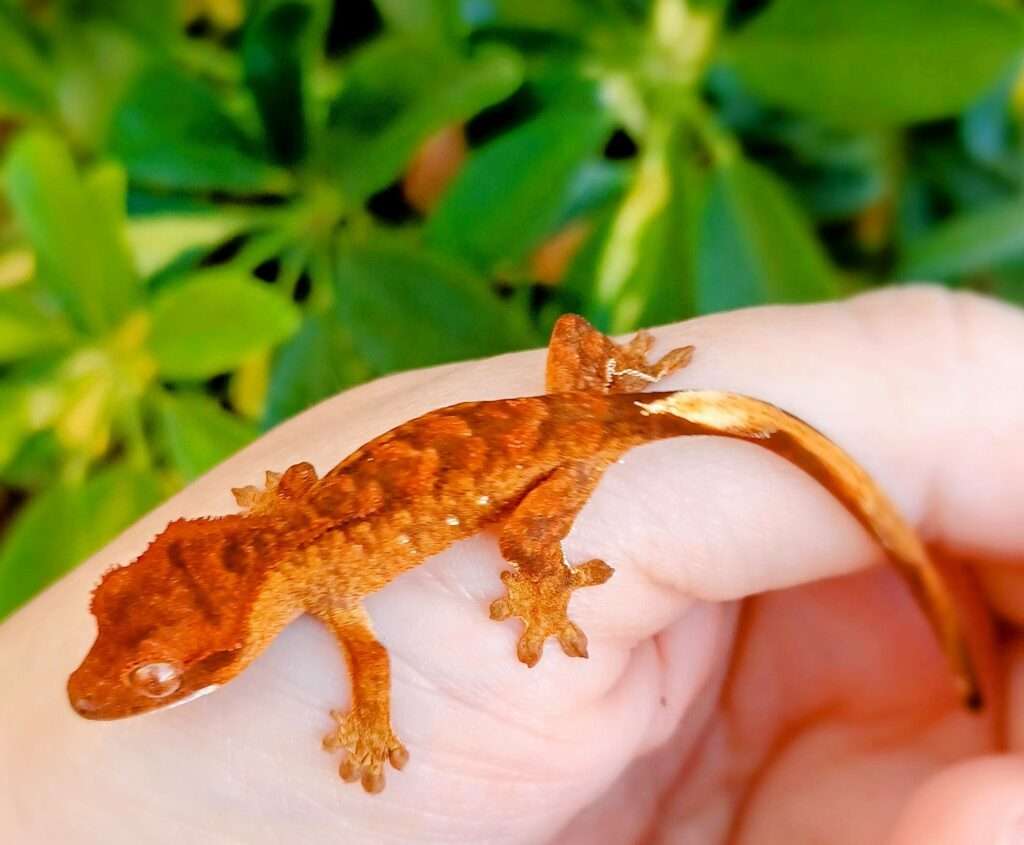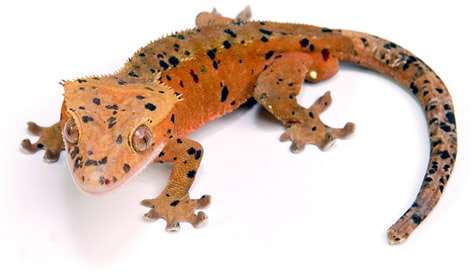
Description:
Scientific name: Lygodactylus luteopicturatus
Life span: 5-10 years
It is a daytime gecko that inhabits trees and has a slim build. Gray-blue is the predominant hue across the body, with slightly darker, more distinct longitudinal lines on the head. The head is typically more transparent and, depending on the person, yellow.
They have adhesive sheets on their fingers and at the base of their tail tip, just like every other member of the genus Lygodactylus.
Native Region/Habitat
The dwarf yellow-headed gecko is native to Africa and is found in the eastern Tanzanian and Kenyan border regions. Zanzibar is the source of the zanzibaritis subspecies.
It is an entirely arboreal variety. It can be found in bushes, small trees, and shrubs in humid savannahs, as well as directly on the trunks of coconut trees in forested coastal areas.
Behavior:
They require a habitat with lots of places to hide and explore because they are shy and inquisitive. These will be occupied by tubes, real plants, and lots of branches to climb.
When a predator attacks, the yellow-headed dwarf gecko uses a defense technique known as tail autotomy to drop its tail and run away to safety. However, as an autotomized gecko is slower without its tail and finds it difficult to run on vertical surfaces, tail autotomy only provides the gecko with an immediate advantage to escape.

Care As a pet/In captivity:
Terrarium: Kept in groups of 1,2 in terrariums measuring 40 x 40 x 60 cm, however you might also store them in pairs. An earth and sand mixture makes up the substrate. In addition to green plants with substantial leaves, like sansevieria, the furniture is made of branches of varied densities. To conceal oneself and lay eggs, use a huge cork.
Light and Temperature: An energy-efficient bulb with a 7 W consumption, a 20 W spotlight, and a tube of natural light are used to illuminate the terrariums. The temperatures range from 24 to 28 degrees Celsius.
Humidity: The humidity must fluctuate between 60% and 70%, and this is accomplished by recurrent spraying. Also, animals enjoy licking the water sprayed by the leaves.
Feeding: For feeding, wax moths and their caterpillars, oven fish, crickets, and bean beetles are alternated two to three times every week. Calcium citrate and Korvimin are constantly added to food. Fruit is fed to the geckos around once per month. Passion fruit with peaches is extremely well-liked.
Table





